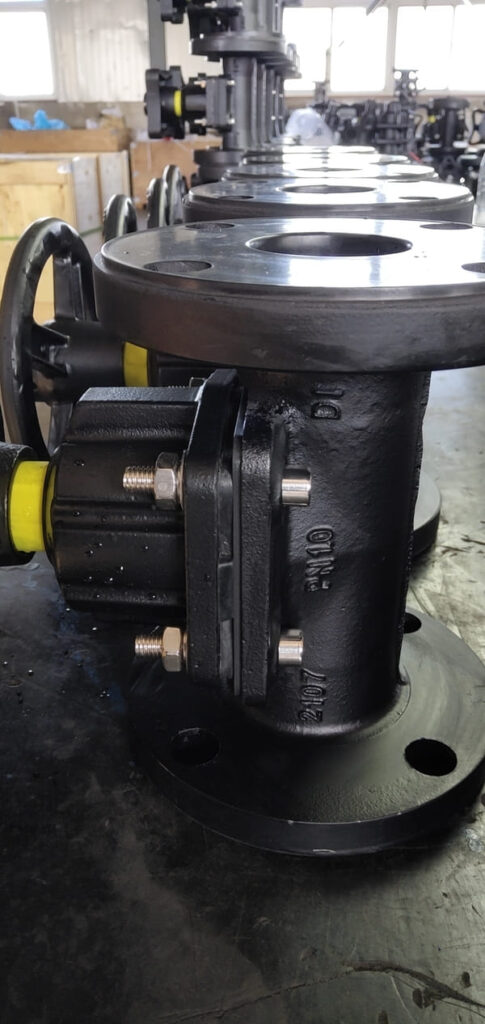
Diaphragm valve is composed of valve body, valve bonnet, valve disc, valve stem, diaphragm and other driving parts. It is a special form of shut-off valve. Its opening and closing parts are composed of a diaphragm made of a soft material inlaid with a metal valve clack, which separates the inner cavity of the valve body from the inner cavity of the valve bonnet and the driving parts. The most prominent feature of the diaphragm valve is that the diaphragm separates the inner cavity of the lower valve body from the inner cavity of the upper bonnet, so that the valve stem, valve clack and other parts located above the diaphragm are not corroded by the medium, which can ensure the purity of the medium and will not make the medium. leak.
The biggest difference between the diaphragm valve and other valves is that it adopts a structure without a stuffing box; the elastic rubber diaphragm can completely isolate the corrosive medium in the flow channel from all the driving parts, so it also has better sealing and the minimum closing force. Because the flow path of the diaphragm valve is smooth, seamless and without corner, a larger flow rate can be obtained. It is suitable for corrosive, viscous and sedimentary fluids and suspended particles. It can be installed in any position, and the opening and closing is not affected by the flow direction of the medium.
The opening and closing of the valve is achieved by rotating the hand wheel. The upper end of the valve stem is lengthened to show the opening or closing position of the valve to indicate the opening and closing stroke of the valve. When the handwheel is manipulated clockwise, the valve stem moves down, and the valve disc drives the diaphragm down to cut off the passage; otherwise, the valve opens.

Specification:
Nominal diameter: DN15mm-DN350mm
Nominal pressure: 0.6~1.6mpa
Applicable temperature: -29~200℃ (varies, depending on the highest use temperature of the lining material)
Body material: DI, WCB, CF8, CF8M, CF3, CF3M;
Product design and manufacturing standards: GB/T12239;
Inspection and experiment standard: GB/T13927:
Structure length executive standard: HG/T3704;
Connecting flange executive standard: HG/T20592;
Applicable medium: strong acid, strong alkali;


